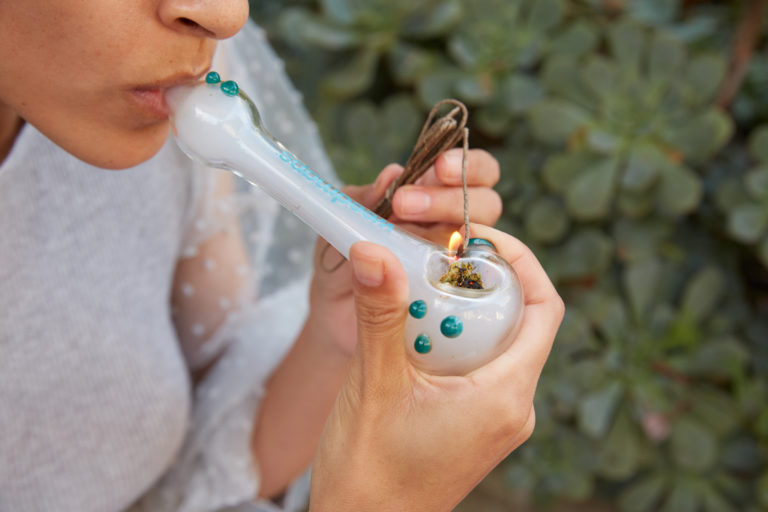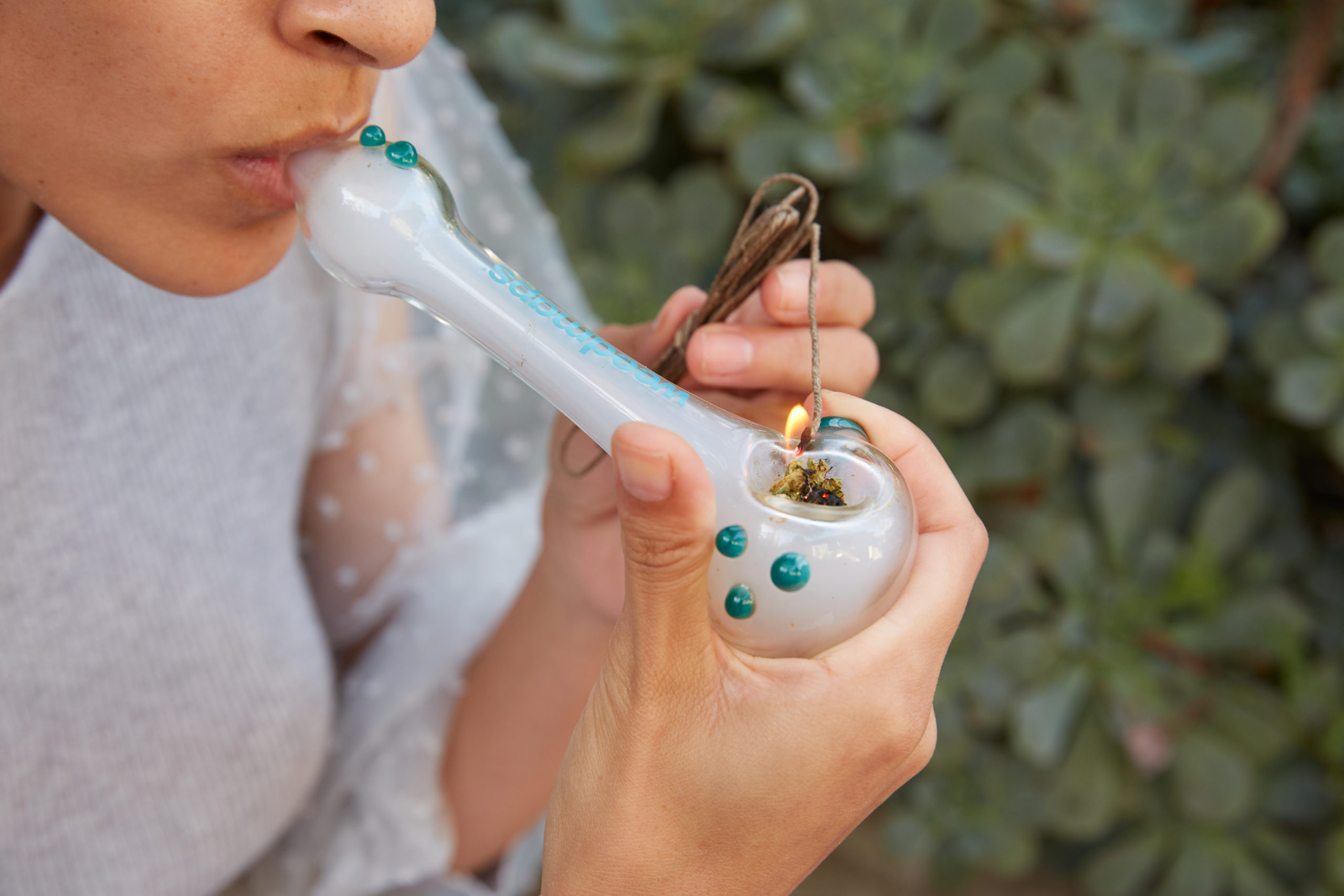In 1942, in the grips of WWII, farmers throughout the US were encouraged to fulfill their patriotic duty by planting acres upon acres of hemp. Hemp was identified as critical to the war effort because the crop could provide fiber for ropes, bootlaces, and parachute webbing. The catchphrase “hemp for victory” was widely disseminated. However, in a matter of years, evidence of this message had been scrubbed from federal records, and an antithetical stance towards hemp had been firmly established.
The history of hemp cultivation in the US stretches way back to the beginning of the 17th century. For most of that time, the crop has been embraced by presidents and farmers alike — including George Washington, who famously cultivated hemp at his Mount Vernon estate. It wasn't until the mid-20th century that federal attitudes towards industrial hemp began to shift, leading to decades of prohibition.
So, what happened? What are the defining influences and moments that have shaped this controversial plant's history in America?
 Photo by: Tony Brown/Weedmaps
Photo by: Tony Brown/WeedmapsImage lightbox

How did hemp make its way to America?
Like many crops, the hemp plant wove its way to the US on the voyages of expansion. “All British sailing vessels from the Navy to the Merchant Marine required miles worth of hemp fiber for sail, rope, and caulking repairs on board,” said Marie Nicola, a pop culture historian on Alt Pop Repeat and former grower and contributor to the Cannabis Grow Bible.
Following colonization the British Crown used the fledgling colony to increase its prized stores of hemp. In the Americas, all English colonists were mandated to grow one acre of hemp on their property or pay a fine. “In the 1600s, it was required by royal decree for all the property owners of Jamestown to grow hemp plants for export,” added Nicola. Similar decrees began to be enforced in Massachusetts and Connecticut.
“We forget how insanely important the hemp plant was to America because in the latter part of the twentieth century, the hemp plant was largely prohibited from cultivation,” explained Nicola. “But if you put it in perspective, the British Navy required the processed equivalent of 10,000 acres of hemp just to keep a portion of the fleet operational, or for a single ship, 120,000 pounds of hemp fiber, which was how much was needed for the 44-gun USS Constitution, America's oldest Navy ship.” This consistent demand to grow hemp from the get-go saw the US develop a significant and widely dispersed hemp industry by the mid-1700s.
Enter Founding Father George Washington. In the 1760s, Washington predicted that hemp could be more profitable and useful than tobacco and broke earth to plant hemp seed at his Mount Vernon farm. While he ultimately settled on wheat as his primary cash crop, the enterprising Washington grew industrial hemp as a crop to support his plantation, using the plant to repair the expansive nets he used to sustain his fishing operation on the Potomac.
Following 1789, when Washington had become the first president of the fledgling republic, hemp even held its own as a form of currency. “Hemp could be used to pay taxes because the value of the plant was so prized in supporting the growth of the country,” said Nicola.
 Photo by: Gina Coleman/Weedmaps
Photo by: Gina Coleman/WeedmapsImage lightbox

Why was hemp originally banned?
The pace at which industrial hemp fell from grace was breathtaking. After centuries of status as a prized and celebrated crop among American farmers, the beginning of the 20th century saw attitudes towards hemp change. The 1930s sealed its fate as a banned substance. A brief dive into the rationale that underpinned this shift reveals big players in the paper and media industries manipulating public perceptions of the plant.
Media magnate William Randolph Hearst owned newspapers across the US and held stock in wood-pulp paper companies. Hearst created economic competition for hemp paper and other hemp products and used his media empire to depict hemp as a plant to be feared. Hearst also had friends who worked for DuPont with an eye on patenting petrochemical and synthetic technology that would ultimately be used to make oil, carpet lining, and construction materials. At the time, those products were all manufactured using hemp. Hearst's smear campaign helped alter public perceptions by deliberately confusing hemp and marijuana plants.
Hearst's efforts successfully created a public panic in the US. Newspaper articles and movies like Reefer Madness perpetuated images of drug-crazed criminals — specifically Mexican immigrants — running wild through the streets. The deliberate conflation of cannabis and hemp with immigration issues and prevailing racist views at the time meant people quickly rallied to outlaw the plant.
In 1937, following guidance from Harry J. Anslinger (commissioner of the Federal Bureau of Narcotics), Congress passed the Marihuana Tax Act. Even the chosen spelling of marijuana was designed to remind people of its ties to Mexicans. All varieties of the cannabis sativa plant were categorized as dangerous narcotics, and ultimately the monitoring and enforcement of the measure were handed over to the Drug Enforcement Agency (DEA).
“Hemp was stigmatized and associated with immigrants and people of color, making for an easy anti-drug message for people of the time to stand behind, even though the benefits of the plant were already very well understood when the ban took place in 1937,” said Zac Voss, founder of The THC Times and former cannabis consultant.
Following this criminalization industrial hemp briefly resurfaced in the '40s since fiber needed for WWII was in short supply. The promotional film Hemp for Victory was produced by the US Department of Agriculture in a bid to motivate farmers to grow the crop. As war came to a close, the Hemp for Victory campaign was quickly quashed and erased from view, and hemp was ultimately worked into the Controlled Substances Act of 1970.
 Photo by: Gina Coleman/Weedmaps
Photo by: Gina Coleman/WeedmapsImage lightbox

What are the modern uses of hemp?
A cursory glance reveals an impressive range of practical products that can be made from hemp. It's not for nothing that the plant is known as the crop of 25,000 uses.
“It sounds very cliche, but hemp is literally a miracle plant, with its versatility compounded by the fact that it grows incredibly fast and easily. You might even say it grows like a weed,” explained Voss.
“Hemp can be used in place of bricks or concrete blocks for construction, and can also be used for insulation or carpets. It can be used as a replacement for plastic and cotton for clothing. It also makes for a great alternative to traditional paper. Hemp fiber is of a higher quality than paper, so producing paper from hemp requires fewer chemicals than paper created from trees,” said Voss.
The tides have firmly turned back in favor of hemp cultivation after passage of the 2018 Farm Bill. Hemp's value is now officially celebrated on National Hemp Day on February 4th, and innovations using hemp fibers, husks, seeds, oils, and cannabinoids are proliferating. Whether you sprinkle hemp seeds on your smoothie or light hemp flower with hemp wick, hemp is here to stay.



